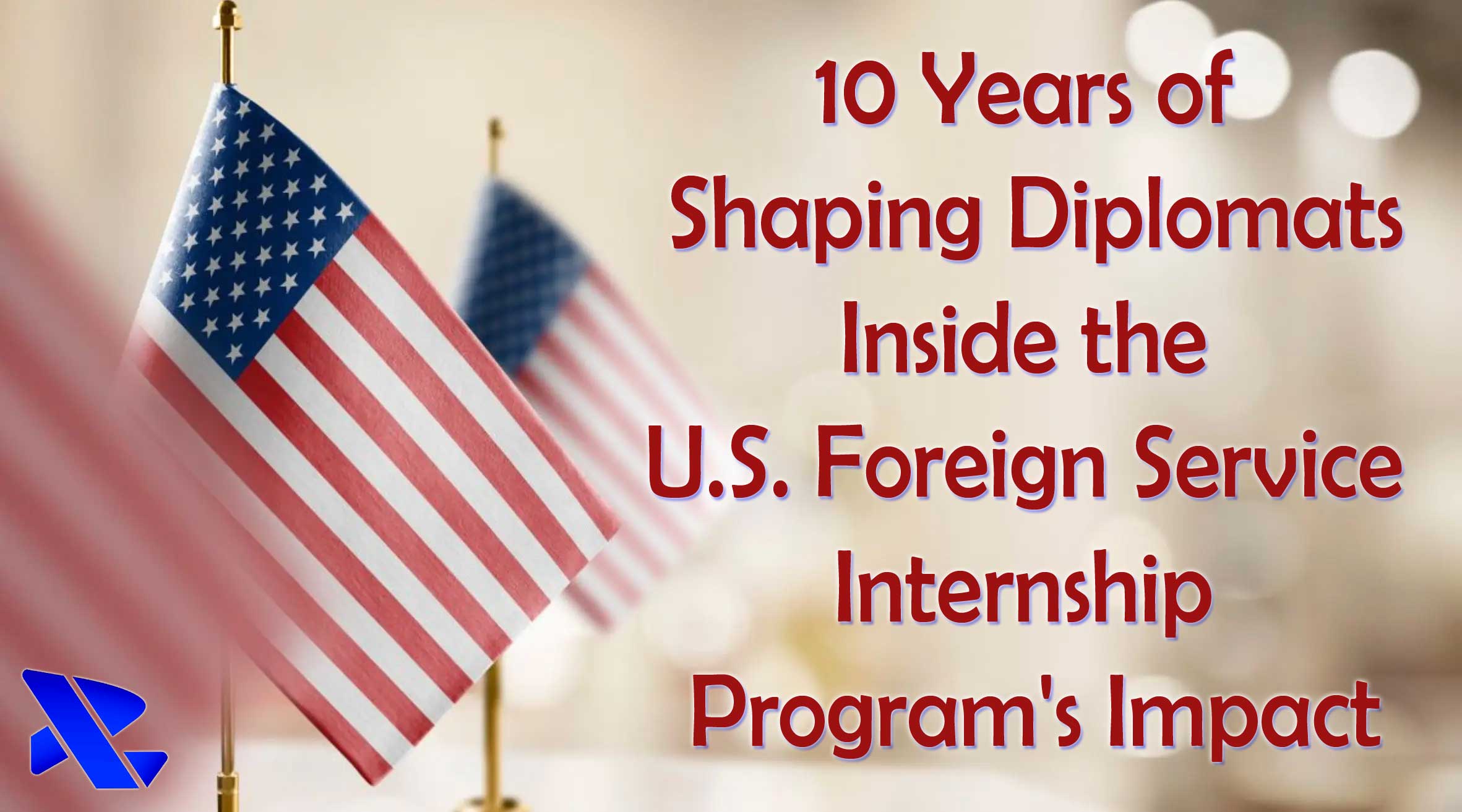Thu, 22 May 2025 08:11:06pm
Related Tags: forced marriage, human trafficking, UN TIP Protocol, exploitative marriage, international law
The Dark Reality of Forced Marriage and Its Link to Human Trafficking
The Dark Reality of Forced Marriage and Its Link to Human Trafficking [Symbolic Image from Internet]
Forced marriage and human trafficking may seem like separate issues, but the line between them can be dangerously thin. In a world where coercion and exploitation often go hand in hand, the question arises: is forced marriage just another form of human trafficking?
This article delves into the complexities of this issue, exploring the international laws that govern it and the real-life implications for those trapped in these harmful practices.
Forced Marriage Defined: Forced marriage involves one or both parties being coerced into marriage without their full, free consent. This practice is often intertwined with physical or emotional abuse, fraud, or deception.
International Law on Trafficking: The UN TIP Protocol defines trafficking in persons but does not explicitly include forced marriage. However, the protocol allows for flexibility, enabling states to interpret forced marriage as a form of trafficking when elements of coercion and exploitation are present.
Exploitative Intent: The core of whether forced marriage is considered trafficking lies in the intent to exploit. When a marriage involves forced labor, services, or practices similar to slavery, it may qualify as trafficking.
Global Perspectives: Different countries interpret and legislate forced marriage differently. Some, like Argentina and Australia, explicitly include it under their anti-trafficking laws, while others address it as a distinct crime.
Complexities and Cultural Context: The interpretation of forced marriage as trafficking can vary based on cultural and national contexts. What constitutes exploitation in one region may not be perceived the same way in another, complicating the legal landscape.
Legal Challenges: Establishing the exploitative intent behind forced marriages is critical. This is particularly challenging in societies where cultural norms and practices might obscure the line between a traditional marriage and an exploitative one.
Forced Marriage as a Tool for Protection: In some communities, forced marriage may be used as a misguided means to protect individuals from social stigma or physical harm, adding layers of complexity to its classification as trafficking.
The Need for Nuanced Approaches: A one-size-fits-all approach does not work in addressing forced marriage and its potential links to trafficking. Understanding the cultural and legal nuances is essential for effective prevention and intervention.
[Symbolic Image from Internet]
An Example of When a Forced Marriage Involved Human Trafficking:
United States of America v. Zahida Aman, et al.
In United States of America v. Zahida Aman, et al., the United States successfully prosecuted and convicted three individuals for
trafficking crimes relating to a forced marriage.
On January 24, 2023, the traffickers were sentenced to five, ten, and 12 years of imprisonment, respectively, and ordered to pay restitution to the victim. The case serves as an example of how forced marriage and human trafficking can intersect and result in complex and devastating exploitation of vulnerable individuals, as abuse often goes undetected for long periods of time due to its hidden nature within the confines of familial relationships.
A federal jury sitting in Richmond, Virginia, found defendants Zahida Aman, Mohammad Nauman Chaudhri, and Mohammad Rehan Chaudhri guilty of conspiracy to commit forced labor for compelling the domestic labor of a Pakistani woman for 12 years. The jury further found defendant Aman guilty of forced labor and document servitude, and defendant Rehan Chaudhri guilty of forced labor.
According to the evidence presented in court, defendant Zahida Aman arranged for her son’s marriage to the victim in 2001. The victim moved to the United States and lived in a house in Midlothian, Virginia, with her husband and the three defendants (the husband’s mother and his two brothers). The defendants compelled the victim to serve the family as a domestic servant, using physical and verbal abuse, restricting communication with her family in Pakistan, confiscating her immigration documentation and money, and eventually threatening to separate her from her children by deporting her to Pakistan.
The defendants slapped, kicked, and pushed the victim, even beat her with wooden boards, and on one occasion hog-tied her hands and feet and dragged her down the stairs in front of her children. Even after the victim’s husband moved away, the defendants kept the victim in their Virginia home, often forcing her to perform increasingly laborious tasks… The evidence further showed that the defendants required the victim to work every day, beginning early each morning. They restricted her food, forbade her from learning to drive or speaking to anyone except the defendants’ family members and prohibited her from calling her family in Pakistan.
Story from : Press Release, U.S. Department of Justice




